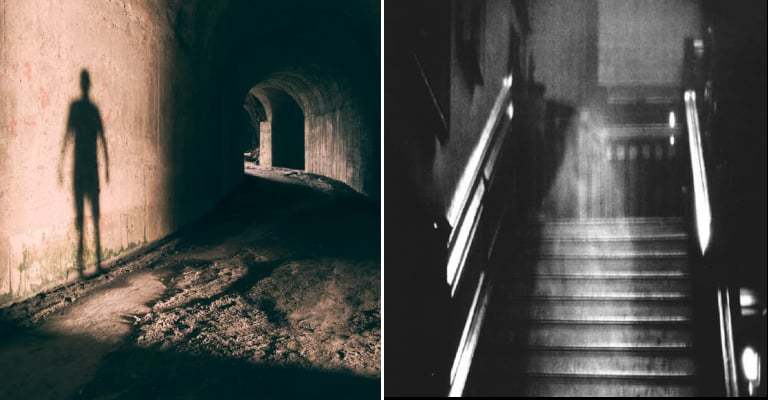There are those who claim they do not believe in ghosts. There are others who claim to have encountered them. Some claims are of actual sightings, some are based on sensations emotional and physical. Others are ambivalent, neither believing nor disbelieving. Paranormal researchers claim to have proof of the existence of spirits of the dead moving among the living, while skeptics claim to have equally convincing proof debunking their theories. Some try to convince people of their ability to communicate with the spirits, while others work to convince people that the efforts and more importantly the results of the communication are nothing more than a scam.
Among the places widely believed to be haunted by those prone to believe in spectral visitations are battlefields, where throughout history so many men and women met fearful, violent ends. In some of these places ghosts are reported to appear, some regularly and some on the anniversary of the conflict which ended their earthly lives. Gettysburg, for example, is said to be one of the most haunted sites in the United States, but it isn’t the only battlefield of the Civil War to have had ghosts reported appearing regularly. There are regular reports of hauntings on the battlefields of Europe as well, from Stalingrad to Culloden Moor.

Here are ten of the most haunted battlefields in Europe and North America.

Chickamauga and Chattanooga National Military Park
In September 1863 the South won one of its greatest military victories of the Civil War at the Battle of Chickamauga, named for the West Chickamauga Creek. Many writers with a sense of the dramatic have claimed that the name means “river of death” although scholars of the Cherokee and Chickasaw language dispute the assertion, claiming that the most acceptable translation is that it describes a place where fish are speared. Whichever is correct, the area around the creek saw a good bit of violent deaths during the battle which was fought between September 18 -20, 1863. The battle produced almost 35,000 casualties between the two sides, more than 25% of the men engaged. About 4,000 were killed outright, with many more dying later from their wounds.
The heaviest fighting was on September 20, when a Southern attack led by James Longstreet swept well over half of the Union Army from the field of battle. The assault was brought to a halt by a determined Union stand led by George Thomas, who refused to yield his position atop Horseshoe Ridge. The Confederates made several assaults on the Union position, which held stubbornly until darkness fell. The following day the Union Army withdrew to Chattanooga, giving the South new hope following the crushing defeats that summer at Vicksburg and Gettysburg. It was not to last long, by November the Union troops were again advancing.
The Battle of Chickamauga was not the only time where many deaths occurred on the grounds of what is now a National Military Park. During the Spanish-American War Camp Thomas was established on the battlefield as a training site for troops destined for Cuba. The Camp was poorly sited and sanitary conditions were below standards, leading to the spread of dysentery, malaria, and typhoid fever. Inadequate medical facilities and the inadequacies of medical practice of the day led to over 700 deaths at the camp during the summer of 1898.
The ghosts of some of these dead as well as those who died in 1863 are said to haunt the battlefield and its environs. There are reports of hearing men moaning in pain, horses galloping where there are no horses, undergrowth moving inexplicably, as if being swept aside by invisible hands. A shimmering lady in white has been seen many times, or reported as having been seen, wandering the battlefield at night as if looking for someone. A regionally famous legend of a humanoid figure with shining green eyes has also been confirmed by many, though there is disagreement as to its origin. Some believe that “Old Green Eyes” was there long before the battle.
In 1981 a Park Ranger named Edward Tinney from the Chattanooga portion of the Military Park claimed in an interview that he had seen Old Green Eyes and that the apparition had disappeared before his eyes. “It’s enough to make the hair stand up on the back of your neck,” said Tinney, who claimed that he was not superstitious. In Tinney’s story, the night had been a foggy one and the approach of a car (there are numerous public roads which run through the park) evidently was what caused Old Green Eyes to make a hasty exit. There are dozens of other tales of confrontations with eerie sounds and ghosts throughout the park.

